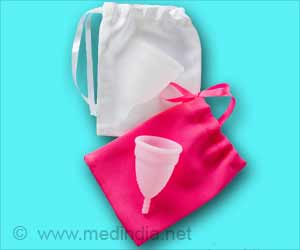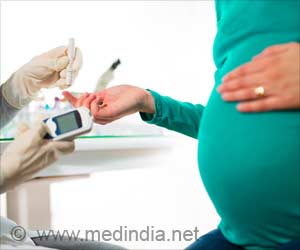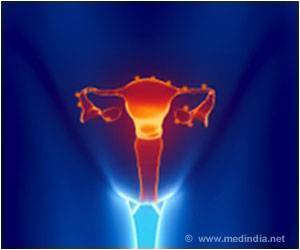The newly discovered ‘silicon womb’ may lead to the harvest of more strong embryos which will aid in successful pregnancies.
The newly discovered ‘silicon womb’ may lead to the harvest of more strong embryos which will aid in successful pregnancies.
The research team led by Simon Fishel, at UK fertility group CARE Fertility, in Nottingham, UK, hopes that this new device may produce better quality embryos and reduce the need to harvest so many eggs from infertile women.Usually, a standard In Vitro Fertilisation (IVF) involves the eggs harvested from a woman to be fertilised in the lab where they are allowed to develop in an incubator for 2 to 5 days. Then the doctors pick up the healthiest embryos to be transferred into the uterus.
But, the new device, developed by Swiss company Anecova, allows embryos created in the lab to be incubated inside a perforated silicon container inserted into a woman's own womb. After a few days, the doctors recover the capsule and select some embryos for implantation in the womb.
The new device is a step ahead from the standard IVF that requires changing the growth medium of the embryos incubated in the lab, every few hours to provide new nutrients and get rid of waste, while the new device provides a more natural environment. (STEP AHEAD)
The silicon capsule used measures about 5 millimetres in length and less than a millimetre in width having perforated walls with 360 holes, each around 40 microns across. When the embryos have been loaded inside, the ends of this tube are sealed and the container is connected to a flexible wire that holds the device inside the uterus. It has a thread that trails through the cervix for its recovery later on.
A small trial on the device has already been conducted in Belgium and according to Fishel, the results were encouraging but not conclusive.
Advertisement
"We will be able to directly compare the results of the in vitro and in vivo techniques," said Fishel.
Advertisement
After 2 days, half of the devices used will be removed and the embryos will be tested for genetic defects. The rest will remain in place for 4 days, land then it will be possible to assess the more mature embryos visually. According to Fishel, the new device could do away with some of the guesswork out of incubating embryos.
"We don't really know the full ambient conditions of the reproductive tract. It is also a dynamic environment that changes constantly, and we can't replicate that,” he said.
He thought that embryos grown in the device will be more resilient, which implies that fewer eggs may need to be harvested from women to achieve a successful pregnancy.
The majority of IVF techniques need the woman to stimulate egg production by taking hormones, which can sometimes lead to dangerous side-effects. However, he confessed that the Anecova capsule will not be placed exactly at the place where an early embryo would naturally develop, inside one of the fallopian tubes. An embryo normally spends around 7 days travelling down the tube towards the womb.
"It's a lot closer to a fallopian tube than a plastic tray, but this new device is not an artificial fallopian tube. The trials will tell us whether the environment in the womb will do instead," said Laurence Shaw from the Bridge Centre fertility clinic in London and a spokesman for the British Fertility Society.
Source-ANI
SUN/L





